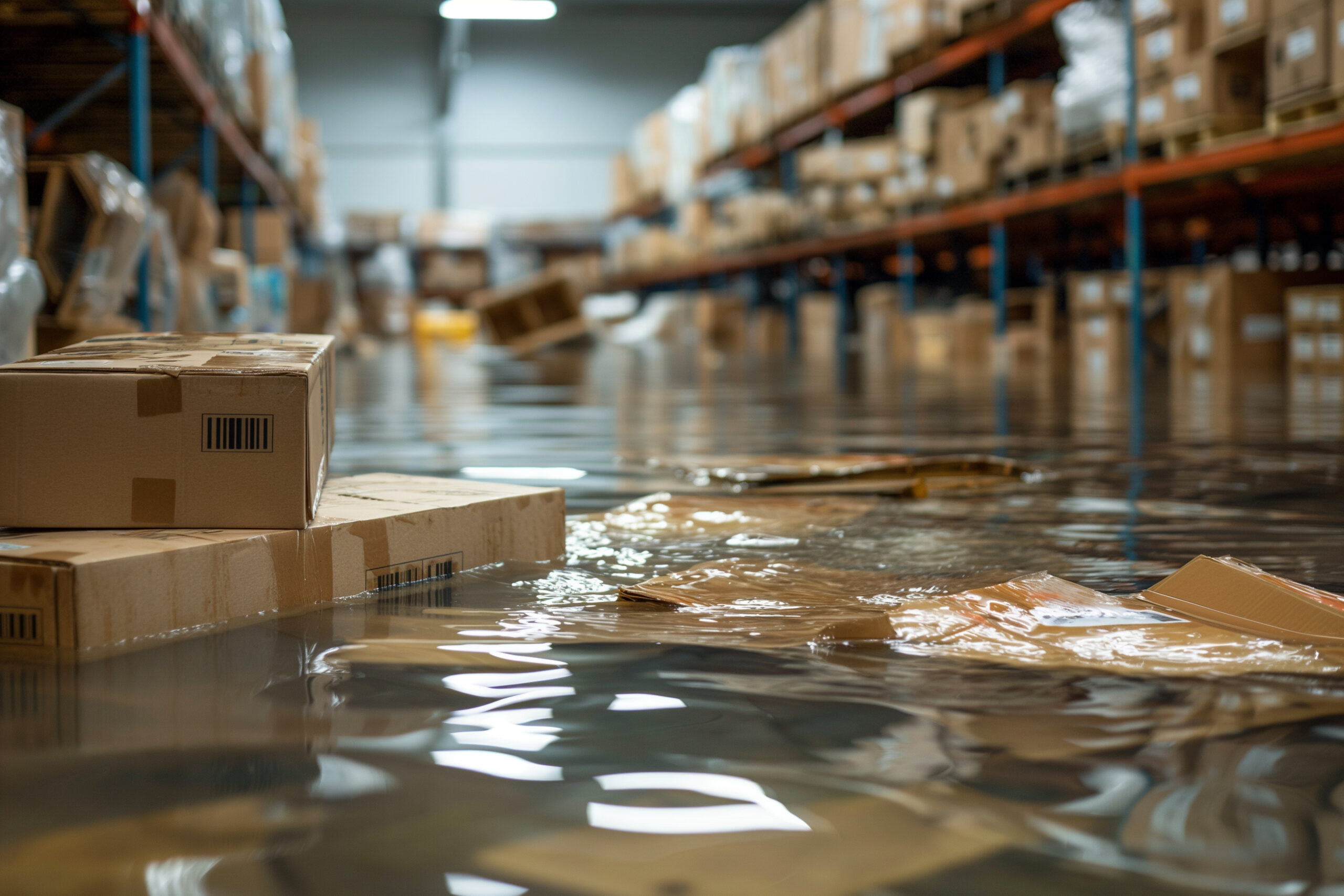Year after year, hurricane season brings powerful winds, storm surges, and flooding to communities up and down the East Coast. Yet many small businesses remain unprepared for the devastating impact of these storms.
Statistics reveal a startling reality: According to data from FEMA and the U.S. Department of Labor, 40% of small businesses do not reopen after suffering damage from a natural disaster, and an additional 25% close within a year. Furthermore, three out of four businesses without a continuity plan fail within three years following a disaster.
This article outlines actionable steps every business owner should take to protect their employees, assets, and overall business continuity during hurricane season.
Jump to:
- Understanding the Risks
- Developing a Plan
- Protecting Your Assets
- Readying Your Finances
- Staying Alert
Understanding the Risks Posed by Hurricanes
The official Atlantic hurricane season runs from June 1 to Nov. 30. This year, forecasters within NOAA’s National Weather Service predict above-normal hurricane activity in the Atlantic basin.
Hurricanes are not confined to coastal regions. Their reach extends far inland, bringing destructive winds, torrential rains, and tornadoes, leading to widespread destruction. Hurricanes also bring storm surges, historically the leading cause of hurricane-related deaths in the United States.
Prolonged heavy rains during hurricanes often lead to devastating inland flooding, even in areas not traditionally associated with hurricanes.
Developing a Comprehensive Hurricane Plan
Creating a viable hurricane preparedness plan is critical for minimizing disruptions. Businesses should consider these steps to craft a robust strategy:
Assess your specific risks.
- Use tools such as FEMA’s hurricane risk map to understand how hurricanes might impact your location.
- Identify vulnerabilities in your business, including infrastructure, supply chains, and customer access points.
Draft and practice an emergency plan.
- Include clear procedures for evacuation and shelter-in-place scenarios.
- Map out evacuation routes, ensuring employees know the safest exits and the nearest shelters.
- Incorporate drills so staff can familiarize themselves with the plan.
- Regularly confirm employee contact information and establish communication protocols in the event of an evacuation or power outage.
Create a hurricane preparedness checklist.
Using the SBA’s Disaster Preparedness Checklist as a template, develop a checklist that categorizes pre-storm, during-storm, and post-storm actions.
Protecting Your Assets from Hurricane Damage
Taking steps to secure both your digital assets and your physical location can prevent costly damage and expedite reopening in the aftermath.
Secure important records and data.
- Digitally back up essential documents like contracts, insurance policies, and financial records.
- Store backups off-site or in cloud platforms to ensure accessibility even if physical systems are compromised.
Inspect and reinforce infrastructure.
- Check roofing, drains, gutters, and flashing for vulnerabilities.
- Anchor equipment on rooftops, such as HVAC systems, to prevent wind damage.
- Consider purchasing hurricane shutters to protect windows and doors.
- Install flood barriers to protect spaces against water intrusion.
- Maintain uninterruptible power supplies (UPS) and backup batteries above flood-prone areas.
Bolster emergency supplies.
Maintain an adequate supply of essentials such as potable water, first-aid kits, nonperishable food, batteries, and tools.
Readying Your Finances for Hurricane Season
Hurricanes can disrupt cash flows and result in unexpected costs. Proactive financial strategies can help your business weather the storm.
Review business insurance policies.
Make sure your insurance coverage accounts for flooding, wind damage, and business interruptions. Flooding is often excluded from standard policies but can be added via a rider or separate flood insurance.
- FEMA’s National Flood Insurance Program (NFIP) provides affordable insurance to property owners, renters, and businesses.
Learn about SBA disaster loans.
The Small Business Administration (SBA) offers low-interest disaster recovery loans that can cover repairs, inventory replacement, and temporary operating costs. Bookmark the SBA’s disaster assistance page for easy access in the event of a disaster declaration in your area.
Staying Alert During Hurricane Season
Stay updated with multiple alert and communication tools:
- FEMA app: Provides real-time emergency alerts for up to five locations. Available on the App Store and Google Play.
- National Weather Service: Offers consistent updates on hurricane developments.
- Local emergency services alerts: Sign up for community-specific notifications regarding evacuation orders and safety measures.
Final Note
Hurricane preparedness isn’t just about mitigating damage — it’s about demonstrating your commitment to your employees, customers, and community. Businesses that plan ahead are more likely to recover swiftly and retain customer trust.
Don’t wait until the next storm warning to get started. Start building your business’s hurricane readiness plan today. Take advantage of free resources, and make the safety and continuity of your business a priority.






